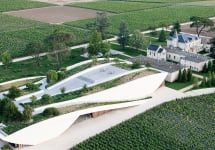Chateau Cheval Blanc 2019
-
Robert
Parker -
James
Suckling - Decanter
-
Wine
Spectator



Product Details
Your Rating
Somm Note
Winemaker Notes
In this vintage, the expressions of the 3 different terroirs of Cheval Blanc stand out perfectly. Although rich and powerful at 14.4% the early picking of the Merlot helped to preserve freshness, purity and tension. The slower ripening of the Cabernet helped the grapes to reach ideal phenolic maturity. This is reflected in the wines which have a remarkable tannic presence. This vintage combines freshness and complexity, power and precision, balance and density. Aromatic complexity dominates from the first nose and this wine expresses the elegance brought to it by optimal weather conditions. The significant proportion of Merlot brings particularly intense aromas of red and black fruit. The impressive nose is pure and precise with notes of raspberry, cherry, blackberry and blackcurrant embalmed in balsamic and subtle sweet aromas of pastries. The generosity and complexity of the nose dominate. Clean, pure and precise, this wine is lush and juicy reflecting perfectly the traits of the fresh fruit when it is tasted directly in the vineyard. A full, attractive attack is redolent of the Merlot of this vintage which is unctuous, round and mouth filling. The Cabernet Franc lends a lovely freshness to the mid-palate and gives the wine length on the finish. This wine is both dense and powerful whilst at the same time soft, unctuous and round. Depth, length and balance are the hallmarks of this vintage and form the identity of this wine.
Blend: 58% Merlot, 34% Cabernet Franc, 8% Cabernet Sauvignon
The Barrel Sample for this wine is above 14% ABV.
Professional Ratings
-
Robert Parker's Wine Advocate
One of the unequivocally great wines of the vintage is the 2019 Cheval Blanc, a stunning young Saint-Émilion that wafts from the glass with aromas of wild berries and plums mingled with notions of lilac, pipe tobacco, violets, raw cocoa, licorice, crushed mint and burning embers. Full-bodied, layered and enveloping, it's deep and intense, with beautifully rich, powdery tannins and vibrant flavors. Concluding with a long, saline finish, this rivals the 2016 as the finest Cheval Blanc of the decade, and in many respects it might be thought of as the latter vintage's sun-kissed cousin. Bravo to Pierre-Olivier Clouet and his team! Best after 2027.
-
James Suckling
Blackcurrants, cassis, graphite and earth on the nose, then changing to roses, violets and berries. Full-bodied with incredible energy of fine tannins and lively acidity. It grows on the palate and escalates to the summit of perfect wine. Very powerful at the end. Holding back and a great finish. Quantity and quality. Menthol. Cool. One of the greatest young Cheval Blancs I have ever tasted. 58% merlot, 34% cabernet franc and 8% cabernet sauvignon.
-
Decanter
A sexy, direct and precise Cheval with a seriously expressive nose of dark chocolate, blackcurrants and perfumed red cherries. The palate starts off slow and delicate and builds in the mouth, gaining in character and intensity. The acidity is more marked after a few sips, mouthwatering and juicy, giving the palate real life and verve as the generous fruit flavours come into play, a lovely strawberry and raspberry vein with some mint notes all the way through giving such freshness and cooling sensations in the mouth, while soft tannins balanced by acidity give length and direction. Real weight and depth but also delicacy – concentration and restraint – lift, but such coolness. A sensational wine with pure energy. Cheval, 58% Merlot, 34% Cabernet Franc, 8% Cabernet Sauvignon.
-
Wine Spectator
This has loads of dark currant, fig and blackberry preserve notes that are supported by dense waves of loam and warm gravel, all hallmarks of the 2019 growing season. But there's an extra dimension here, thanks to its remarkably lush and fine-grained texture, with endless ripples of tobacco, bay and singled sandalwood and balsam wood through the finish. In the end, it's the combination of power, refinement and expressing an essentially unharnessable vintage that sets this red apart from the pack. Merlot, Cabernet Franc and Cabernet Sauvignon. Best from 2025.
Other Vintages
2024-
James
Suckling -
Robert
Parker - Vinous
-
Robert
Parker -
James
Suckling - Vinous
-
Jeb
Dunnuck - Decanter
- Decanter
-
Jeb
Dunnuck -
Wine
Spectator -
James
Suckling -
Robert
Parker
-
James
Suckling - Vinous
-
Robert
Parker -
Wine
Enthusiast -
Jeb
Dunnuck - Decanter
-
Wine
Spectator
-
Jeb
Dunnuck - Vinous
-
James
Suckling - Decanter
-
Wine
Enthusiast -
Wine
Spectator -
Robert
Parker
- Decanter
-
James
Suckling -
Wine
Enthusiast -
Jeb
Dunnuck -
Robert
Parker -
Wine
Spectator
-
James
Suckling -
Jeb
Dunnuck -
Wine
Spectator - Decanter
-
Robert
Parker -
Wine
Enthusiast
-
Robert
Parker -
James
Suckling - Decanter
-
Wine
Spectator -
Jeb
Dunnuck -
Wine
Enthusiast
-
Robert
Parker -
Wine
Enthusiast -
James
Suckling -
Jeb
Dunnuck -
Wine
Spectator - Decanter
-
Wine
Spectator -
Robert
Parker -
Wine
Enthusiast -
James
Suckling -
Jeb
Dunnuck
-
Jeb
Dunnuck -
Wine
Spectator -
Wine
Enthusiast -
James
Suckling -
Robert
Parker
-
Jeb
Dunnuck -
Robert
Parker -
Wine
Spectator -
James
Suckling -
Wine
Enthusiast
-
Wine
Enthusiast -
James
Suckling -
Jeb
Dunnuck -
Robert
Parker -
Wine
Spectator
-
Jeb
Dunnuck -
Robert
Parker -
James
Suckling -
Wine
Spectator -
Wine
Enthusiast
-
Robert
Parker -
Wine
Enthusiast -
Wine
Spectator
-
Wine
Enthusiast -
Robert
Parker -
Wine
Spectator -
Wine &
Spirits
-
Jeb
Dunnuck -
Robert
Parker -
James
Suckling -
Wine
Spectator -
Wine
Enthusiast -
Wine &
Spirits
-
Wine
Enthusiast -
Wine
Spectator
-
Wine
Spectator -
Wine
Enthusiast -
Robert
Parker
-
Wine
Spectator -
Robert
Parker
-
Wine &
Spirits -
Robert
Parker -
Wine
Spectator
-
Robert
Parker -
Jeb
Dunnuck -
Wine
Enthusiast -
Wine &
Spirits -
Wine
Spectator
-
Robert
Parker
-
Jeb
Dunnuck - Decanter
-
Wine
Spectator -
Robert
Parker -
James
Suckling -
Wine &
Spirits
-
Wine
Spectator
-
Wine
Spectator
-
Robert
Parker -
James
Suckling -
Wine
Spectator
- Vinous
-
Robert
Parker
-
Wine
Spectator
-
Robert
Parker -
James
Suckling -
Wine
Spectator -
Jeb
Dunnuck
-
Wine
Spectator
-
Wine
Spectator
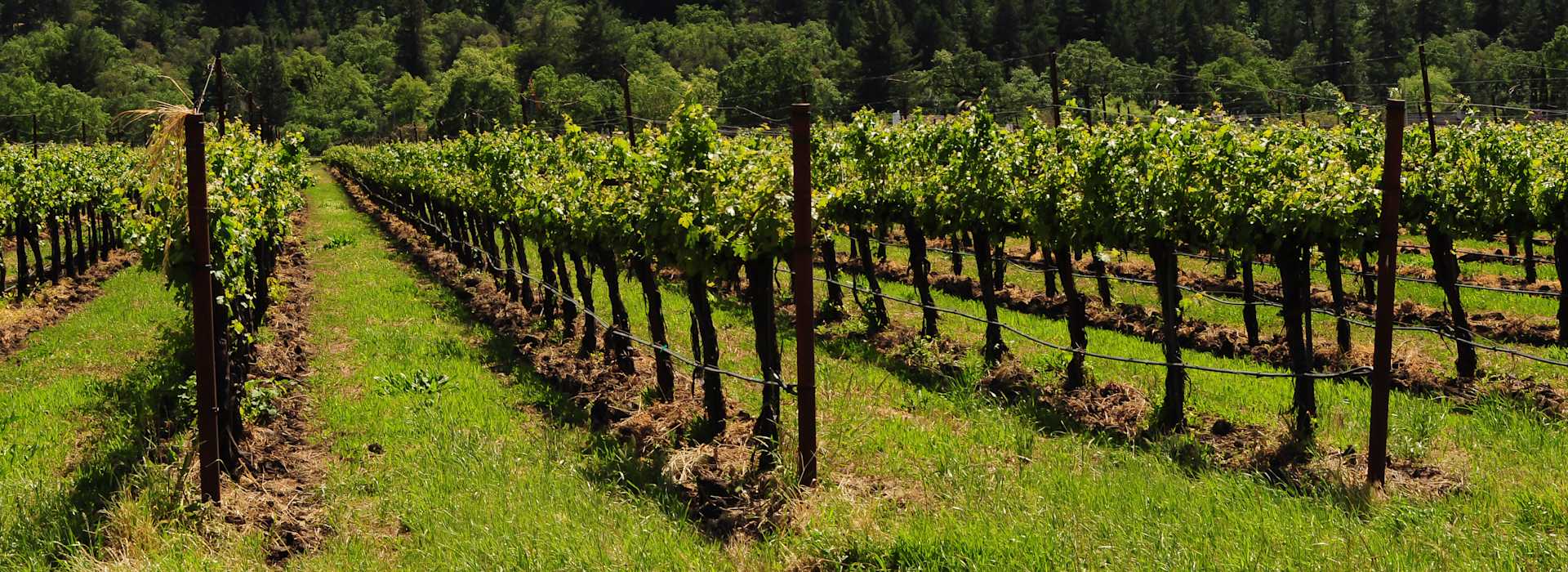
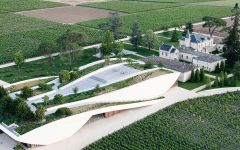
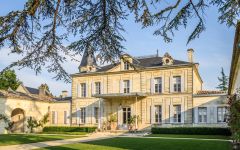
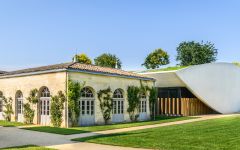
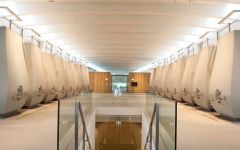
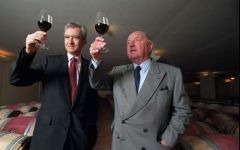
The present-day Cheval Blanc vineyards had vines at least as far back as the 18th century, as shown by Belleyme's map of the region dated 1764. Nearly a century later, the estate was acquired by the Fourcaud-Laussac family who owned it until 1998, when it was sold to Mr Bernard Arnault and Baron Albert Frère.
The vineyard is in a single block, and borders on the Pomerol appellation. An outstanding terror and unusual proportions of Cabernet Franc and Merlot give this great wine an absolutely unique flavor. Chateau Cheval Blanc has had a greater number of outstanding vintages than any other classified great growth over the past century.
Another unusual characteristic of Cheval Blanc is that once it reaches its peak, it maintains it for a very long time. This admirable wine is powerful, soft, rich, round and silky. It has tremendous fruit and elegance as well as exceptional quality from year to year.

One of the world’s most classic and popular styles of red wine, Bordeaux-inspired blends have spread from their homeland in France to nearly every corner of the New World. Typically based on either Cabernet Sauvignon or Merlot and supported by Cabernet Franc, Malbec and Petit Verdot, the best of these are densely hued, fragrant, full of fruit and boast a structure that begs for cellar time. Somm Secret—Blends from Bordeaux are generally earthier compared to those from the New World, which tend to be fruit-dominant.

Marked by its historic fortified village—perhaps the prettiest in all of Bordeaux, the St-Émilion appellation, along with its neighboring village of Pomerol, are leaders in quality on the Right Bank of Bordeaux. These Merlot-dominant red wines (complemented by various amounts of Cabernet Franc and/or Cabernet Sauvignon) remain some of the most admired and collected wines of the world.
St-Émilion has the longest history in wine production in Bordeaux—longer than the Left Bank—dating back to an 8th century monk named Saint Émilion who became a hermit in one of the many limestone caves scattered throughout the area.
Today St-Émilion is made up of hundreds of independent farmers dedicated to the same thing: growing Merlot and Cabernet Franc (and tiny amounts of Cabernet Sauvignon). While always roughly the same blend, the wines of St-Émilion vary considerably depending on the soil upon which they are grown—and the soils do vary considerably throughout the region.
The chateaux with the highest classification (Premier Grand Cru Classés) are on gravel-rich soils or steep, clay-limestone hillsides. There are only four given the highest rank, called Premier Grand Cru Classés A (Chateau Cheval Blanc, Ausone, Angélus, Pavie) and 14 are Premier Grand Cru Classés B. Much of the rest of the vineyards in the appellation are on flatter land where the soils are a mix of gravel, sand and alluvial matter.
Great wines from St-Émilion will be deep in color, and might have characteristics of blackberry liqueur, black raspberry, licorice, chocolate, grilled meat, earth or truffles. They will be bold, layered and lush.
